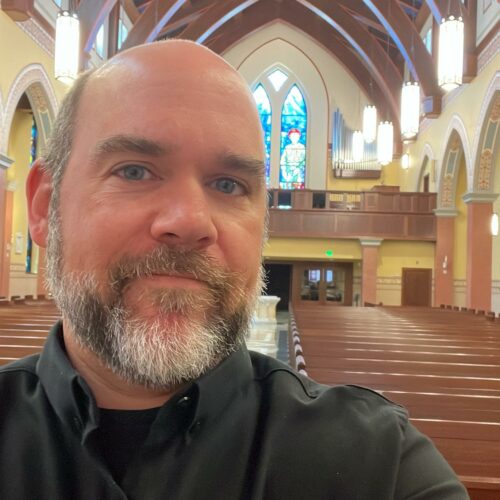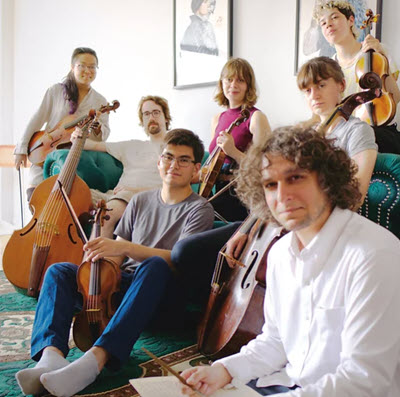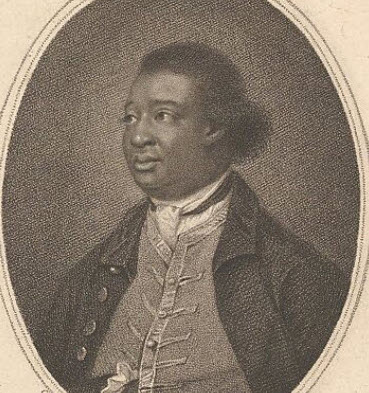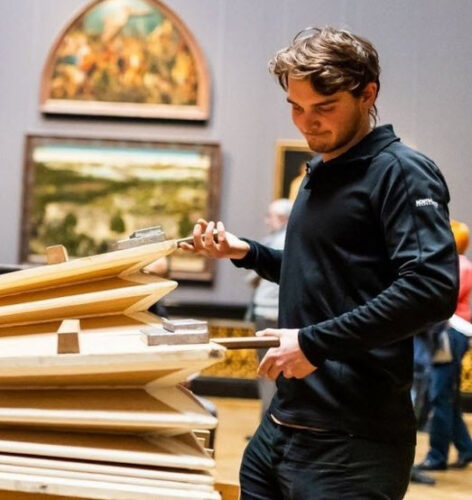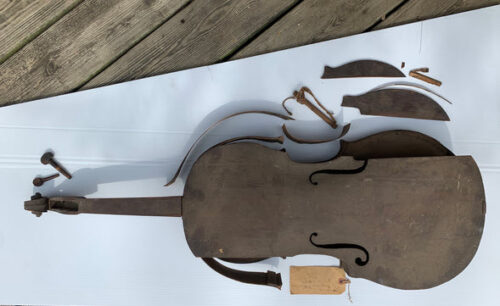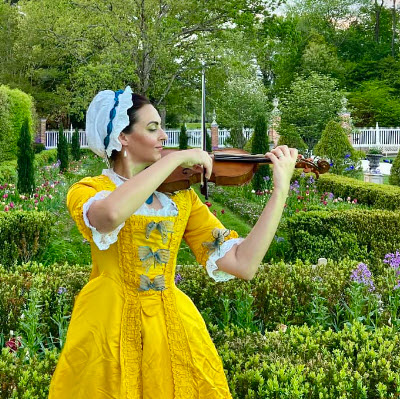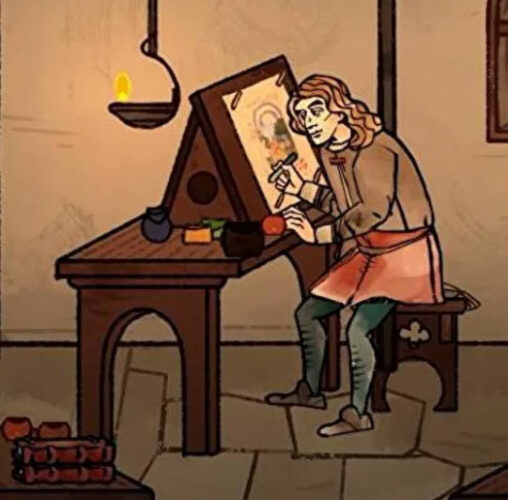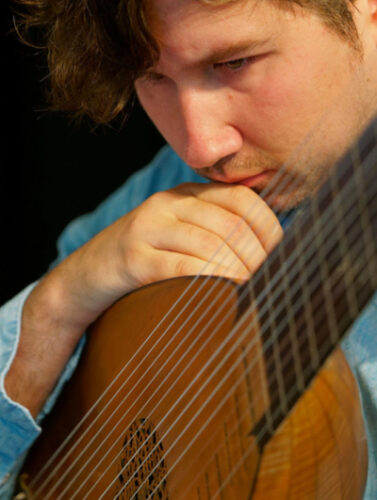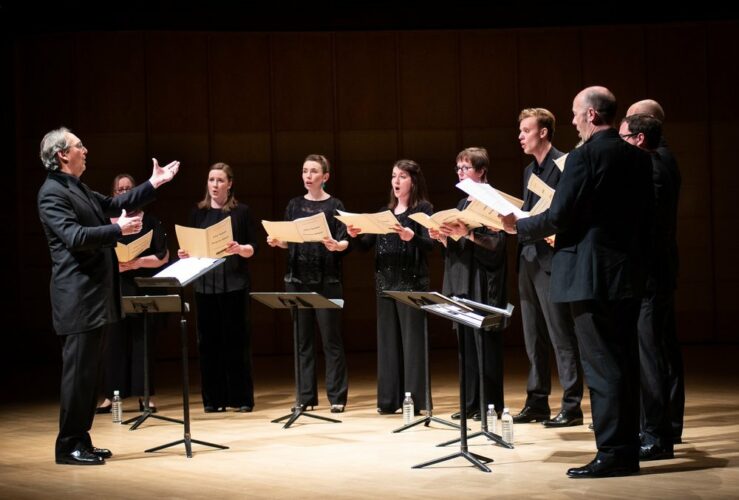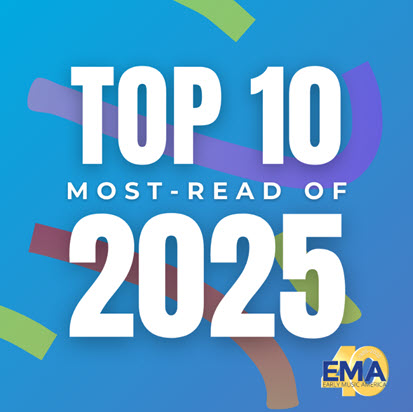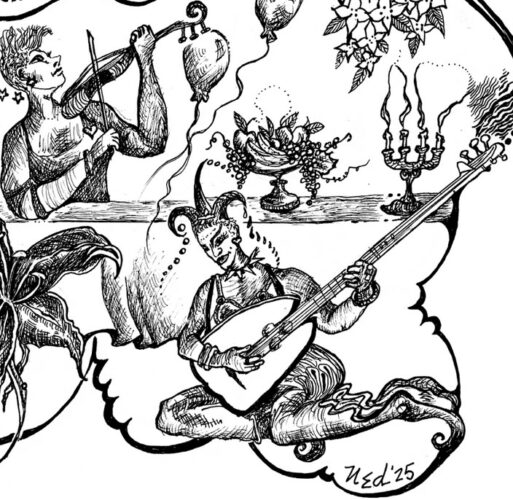by EMA Staff
Published December 18, 2023
As 2023 comes to a close, check out EMA’s 10 most popular features and reviews from the world of early music. For more news, profiles, and ideas, subscribe to EMA’s weekly E-Notes newsletter.
#10
Canto: Toward a Rebirth of Renaissance Choral Repertoire
Why is Renaissance choral music mostly absent in U.S. schools? From an emphasis on living composers and ‘vertical’ harmonies to choral directors themselves unfamiliar with the repertoire, there’s a lot to discuss.
A choir director asks the questions and offers possible solutions.
#9
21st Century Baroque
Meet Nuova Pratica, a stylish ensemble with a progressive-retro attitude. They reject the notion that everything’s already been said in the Baroque language. By re-opening the book on Baroque composition, their new works are at turns fresh, varied, and imaginative.
#8
250 Years Ago, a Black Composer Etched Anti-Racism into his Music
Likely born into slavery, working as a butler and shopkeeper, Ignatius Sancho became an accomplished writer and composer. Embedded in his published music, the author argues, are anti-racist ideals that rejected British cultural norms.
#7
The 10 Hosting Commandments
With the season in full swing and the holidays fast approaching, it’s a good time to revisit one of the most-read EMA stories of 2023. First published in January, it’s a top-10 list of “home stay” dos and don’ts. An early-music host shares his tips for making a home stay easy and low-stress for everyone. Share it with anyone who invites musicians into their house…and traveling musicians will be grateful.
#6
Hearing New Sounds from Very Old Instruments
There’s much to learn about period instrument via the sounds they’re capable of making. Composers today are exploring the edges of historical performance practice in fresh and unexpected ways.
#5
A Mystery Instrument of Old New England
It was hidden for more than a century in the basement of an old house. The instrument’s discovery offers important hints about a forgotten history of New England ensemble string playing.
#4
Period Instruments? Yes. Period Costumes? Uh…
Are clothes of the period part of a historically accurate performance? Opinions vary about what constitutes an acceptable period outfit, but advocates of historical attire in early music have one thing in common: They believe the costume helps enrich the music’s context.
#3
Early Music Rocks the Video Game Universe
Video games generate more revenue than the movie industry, and many games are set in ‘legendary times’ that cry out for an early music soundtrack. As technology improves, many games employ early music not just as background but as element of play.
#2
The Unmistakable Sound of Thomas Dunford
The French-American lutenist is on an unstoppable rise to the top of the international early-music scene.
#1
CANTO: Let’s Talk About the English Choral Tradition
“Historically, the shorthand way of achieving an ‘English sound’ has been to ask singers to ‘straighten that out,’ which can often lead to physical tension, fatigue, burn out, and resentment. The word ‘straight’ has been so overused and developed such a reputation that it fills many singers with indignation…”
Recent EMA Features
Top 10 from EMA Online 2025
One click at a time, readers picked the most popular EMA online stories of the past 12 months. It’s worth noting the broad range of this year’s list, from artificial intelligence and early-music education to church-bell ringers, English country dance, and a singer’s personal take on seeing representation (and being that representation) on stage.
A Hit Show on Queer Time and Baroque Instruments
A music-theater cabaret — reimagining a 1970s fantasy on gay freedoms in a society not ready to accept it — premiered in Europe to acclaim and just arrived in New York. Baroque instruments help create a soundworld where, 'paradoxically, historical instruments bring a quality of timelessness.'
Hear the Ancestors Sing
Looking for ancient voices from his native Ecuador, Felipe Ledesma Núñez turned to ceramics and the sounds of his ancestors. He sees a problem in the humanities, 'that we are privileging the written word. And those kinds of systems are ill-suited: They cannot carry sound.'

